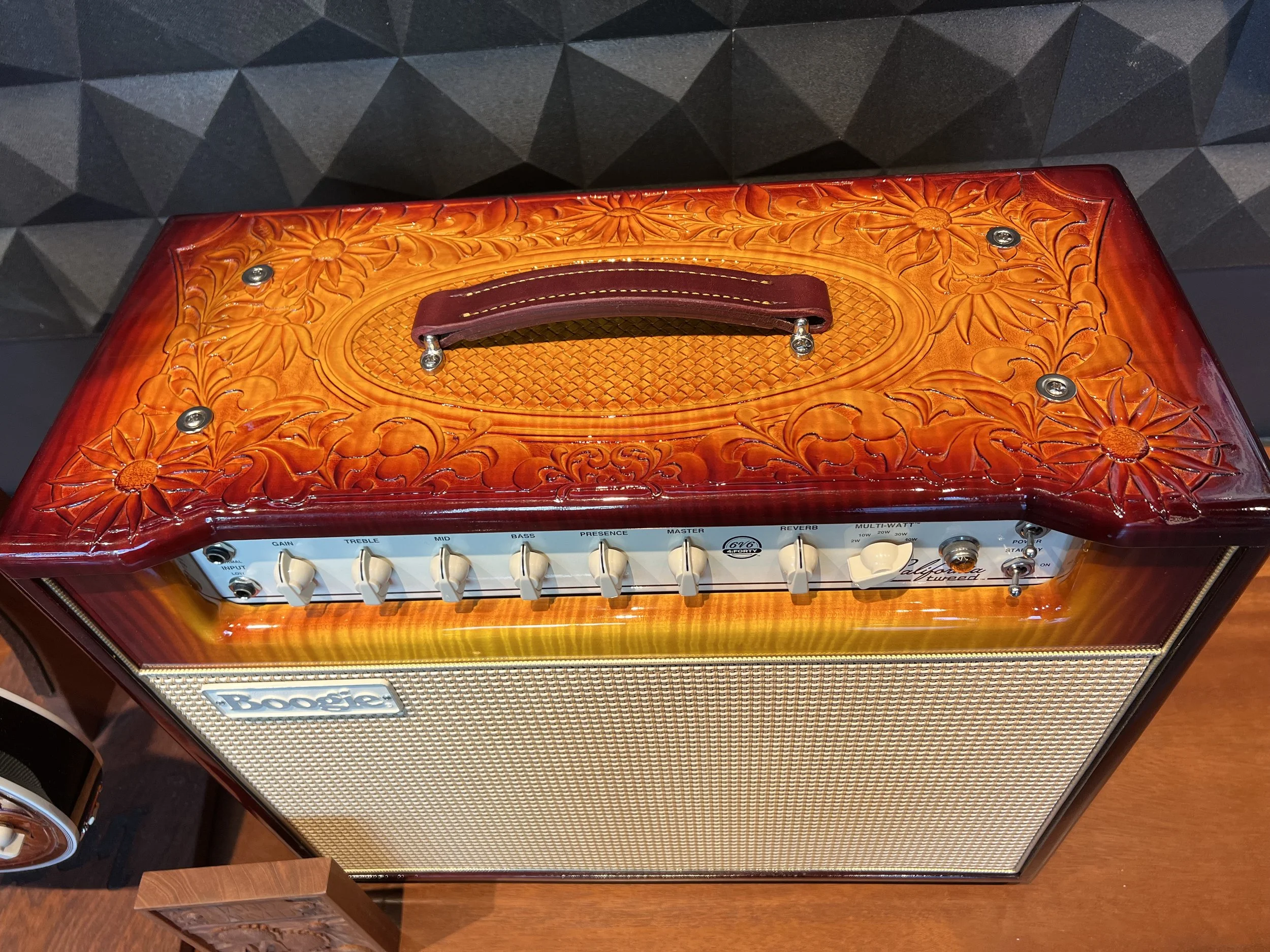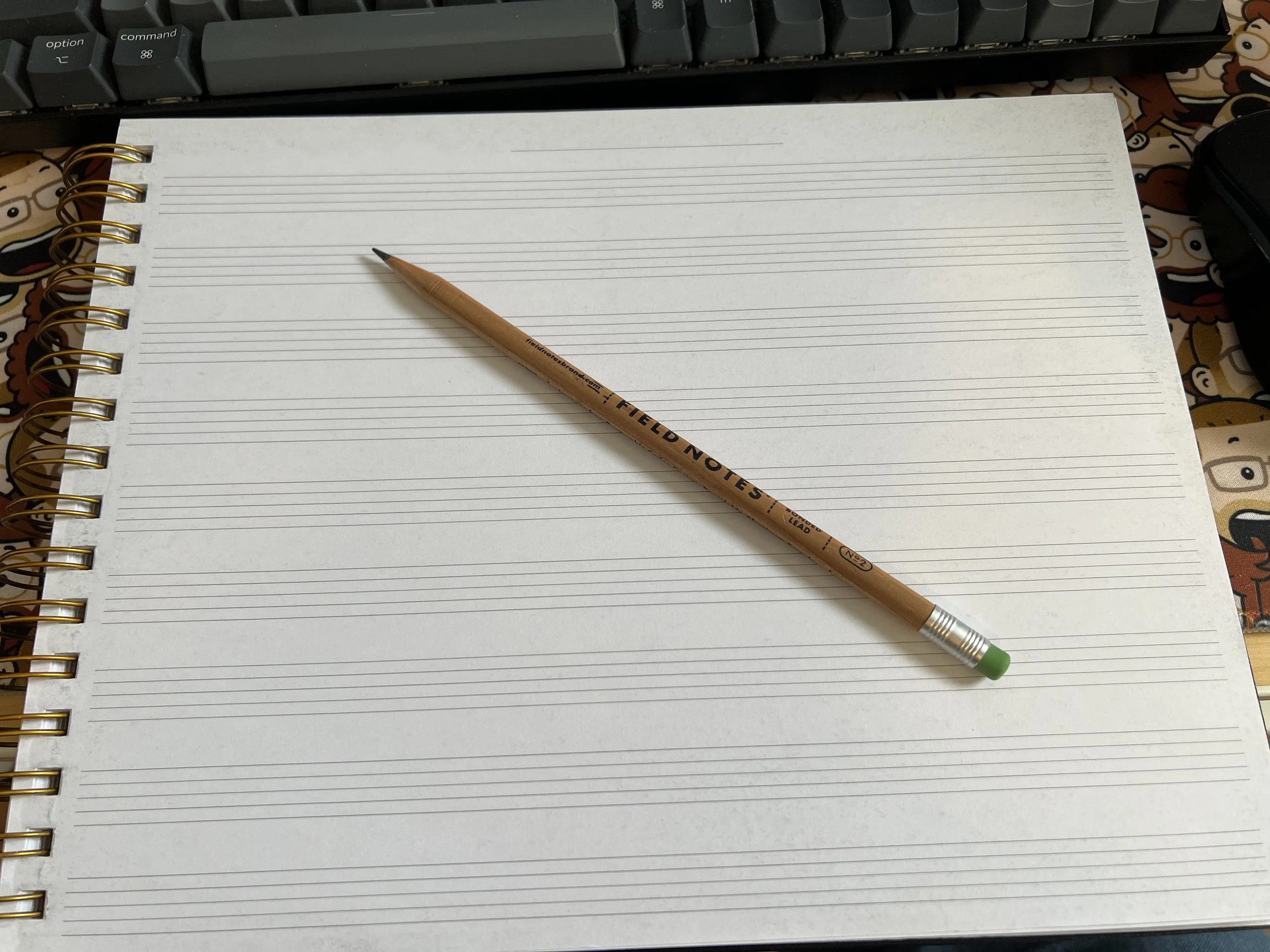Welcome to week one of the Chasing Sound Song Challenge for 2023! If you’re not sure what the challenge is, recently in the Six String Sunday Club newsletter, I asked you to join me in writing, recording, and mixing just one song in the month of May. I’m going to share my progress with how it’s going, and I’d love you to share your progress too. I’ll be posting information about the challenge here, on Twitter, on YouTube and more!
Here’s how the weeks will work: Week One (this week) we’ll go over how to get the base structure of your song down (the “bones” of the song so to speak). Week Two we’ll work on getting lead lines, bass and drum parts done. For Week Three we’ll focus on recording the song, and adding any final elements (maybe keyboard, cowbell anyone?) Finally, Week Four will focus on how to mix your song and share it for people to listen to.
By the end of May you should have 1 song ready to go, and be familiar with the process of how this works. Not only will you have the one song, but you’ll likely also want to write more. Writing songs is addictive, in a good way, and I think it has a ton of benefits. Let’s get into week 1!
HOW DO I GET STARTED WRITING A SONG?
This is one of the biggest questions that sets people back when they want to start songwriting. Often this question will make a lot of people not even pick up their guitar in the first place. I’m going to give you a couple of ideas on how to get started when you need a roadmap.
TITLE YOUR SONG OR START WITH LYRICS
What’s in a name? You can always try setting a title for your song and seeing what sort of emotions it brings out in you. There’s definitely a difference between a song like “Sleepwalk” and “Wherever I May Roam”. If you start with a title, it sets a precedent for what will happen next.
You could also do the same by writing lyrics before you have the chords or melodic structure of the song. For our purposes on this songwriting journey, I won’t have lyrics, but you could try writing out some lyrics that would fit the song, and go from there.
SIT DOWN AND STRUM OR START WITH A LEAD LINE
Sometimes it’s best to sit down and just start strumming chords to see what comes out. You can do this by improvising, or by picking a key signature and trying to stick to it.
In instrumental music, what I’ve found to work is starting with a riff or lead melody, and then developing the chords under those melody lines. Start with a simple, catchy, repeatable lick, and then understand what key you’re in (either by ear or through theory).
FOCUS ON A KEY SIGNATURE AND QUALITY
This was one of the first things I tackled before getting into the challenge. Right from the onset I knew that I wanted to create a happier sounding song, which is why I went with a Major vibe. If you want something a little sadder, try starting out in a minor key.
The next thing I wanted to decide was what key signature I was going to be playing in. I wanted to break out of my comfort zone a little (so I wanted to stay away from E or A), and I ended up choosing something in a different key when first thinking of ideas.
That may change, and songs change as they progress, but the good thing is setting a constraint for yourself so you’re not overwhelmed with options, and then going from there.
USE BACKING TRACKS
Still stuck and can’t come up with any riffs? Start with a backing track in the key and quality that you’re aiming for, and start messing around with scales. If you’re in G Major, try using the major scale, modes, or even pentatonic lines around the backing track.
This is a great way to come up with ideas, and then you can put your own chords down to form your rhythm tracks. It’s never a bad idea to get a little help from other songs, and it’ll often spark new ideas for your own stuff. I’ve been listening to some of my favorite instrumental songs lately for inspiration, and it’s been a big help.
You could do the same with a riff you really enjoy from another guitar player. Learn the riff, put it into another key, and try to make it your own. I think it was Eric Clapton who said he was a very effective “stealer” of great riffs.
If you do already have your chords together, you should try recording them in Garageband, Pro Tools, or even your phone. Then once you have them recorded, loop them and start putting riffs together on top of the new backing track you’ve made for yourself.
PUTTING IT TOGETHER
At this point you should have an idea of the key, quality, and chords of your song. Ideally you’d also have a couple of riffs or vocals to put on top of your song ahead of next week.
Before next week, you may want to focus on sectioning the song out. Even if you’re doing an instrumental track, how many verses and choruses will you have? Will you have a bridge, intro and an outro or will the song kick right into the verse at the top?
HOW DO YOU WRITE SONGS?
All in all, don’t forget to have fun while you’re writing your song. All the practice of learning chords, scales, techniques and more is for what we’re doing right now - creating actual music.
Do you have another way you write songs? Where do you start typically? Feel free to reach out to me on Twitter or by signing up to the awesome Six String Sunday Club newsletter, and commenting there. Also, don’t forget to join us in our Discord chat, where I have a Song Challenge channel dedicated to this month! And be sure to catch my livestreams over on YouTube, where I’ll be talking about the challenge throughout the month.
I’m excited to go on this songwriting journey with all of you. Just think about it - if you start today, by the time it’s June, you’ll have a brand new song to show off to friends online. Let’s do it!

